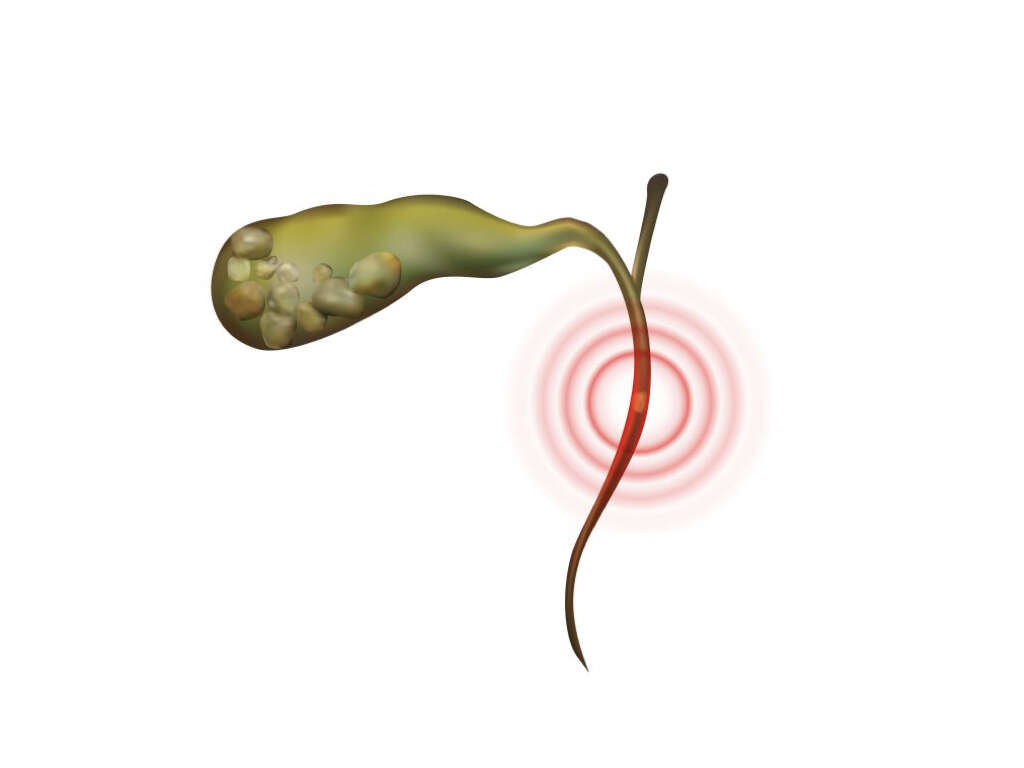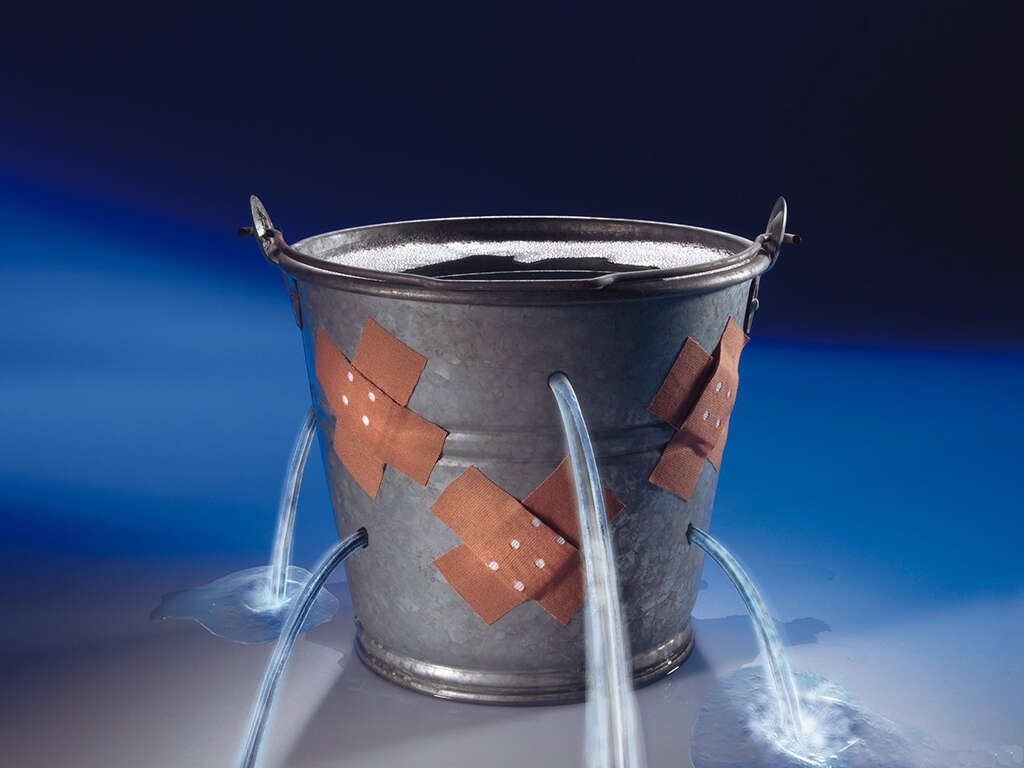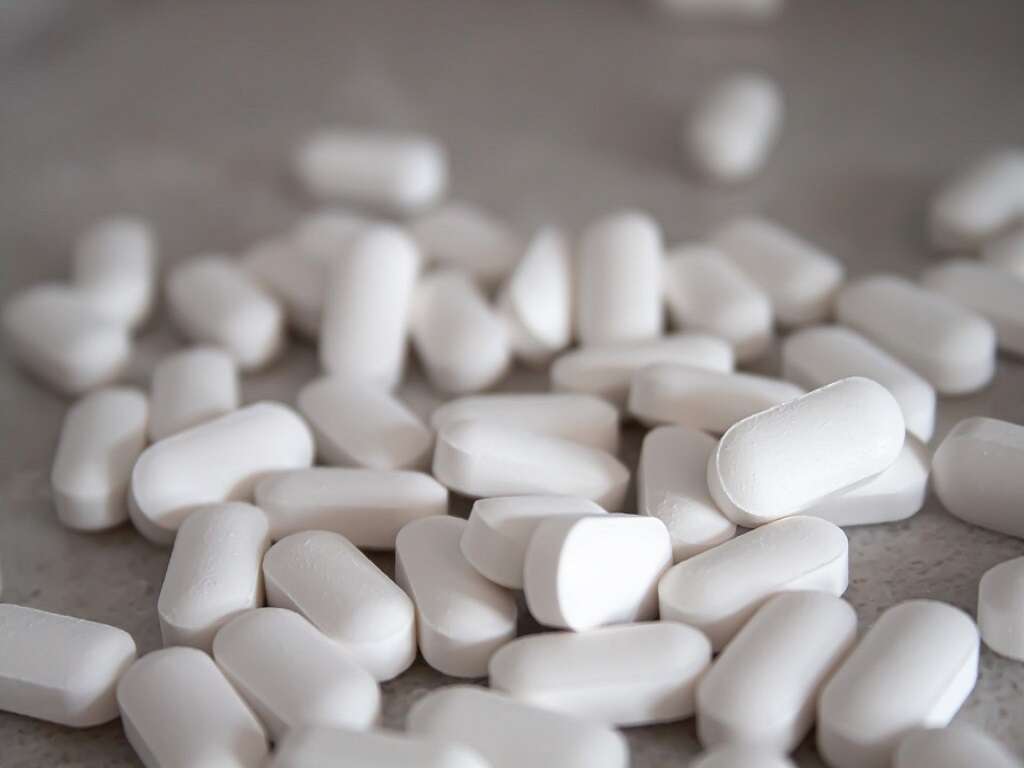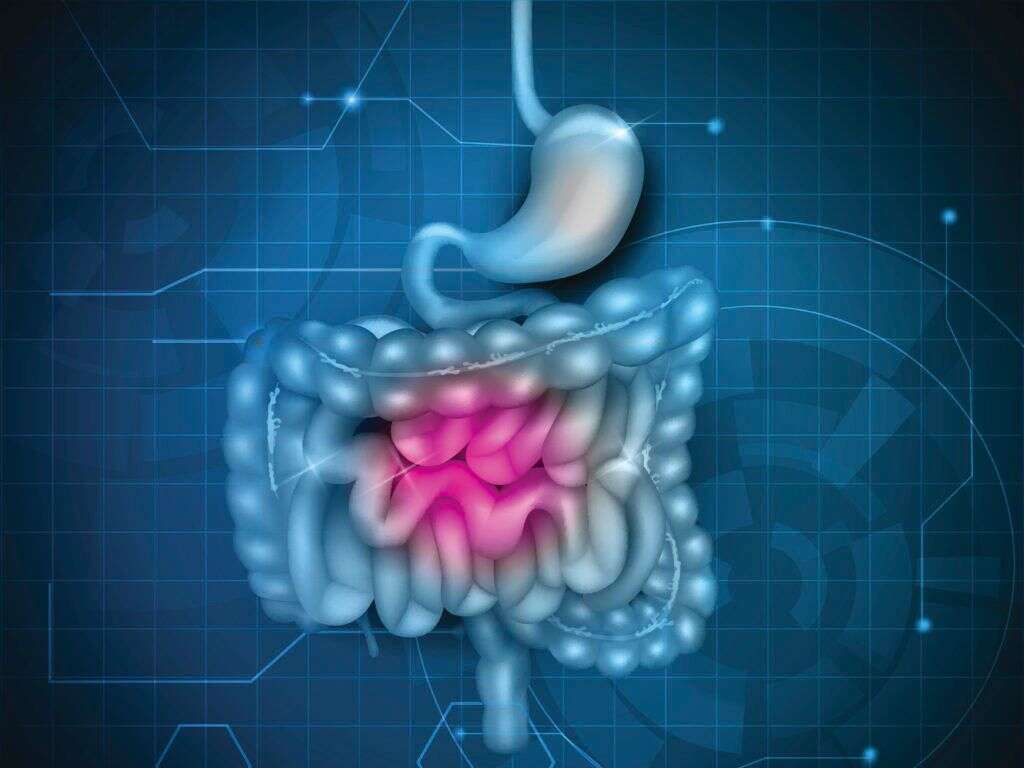What Is Bile?
Bile is a yellow-green fluid produced in the liver for the purpose of digestion of fats. After production, bile is stored in the gall bladder, from where it flows into the digestive system. An average of 600 milliliters of bile is produced in an adult human body per day.
Besides its role as a digestive fluid, bile also serves as a medium for the transportation of waste from the bloodstream for excretion. In this respect, the bloodstream waste mixes with digesting food before further movement to the large intestines and expulsion as feces.
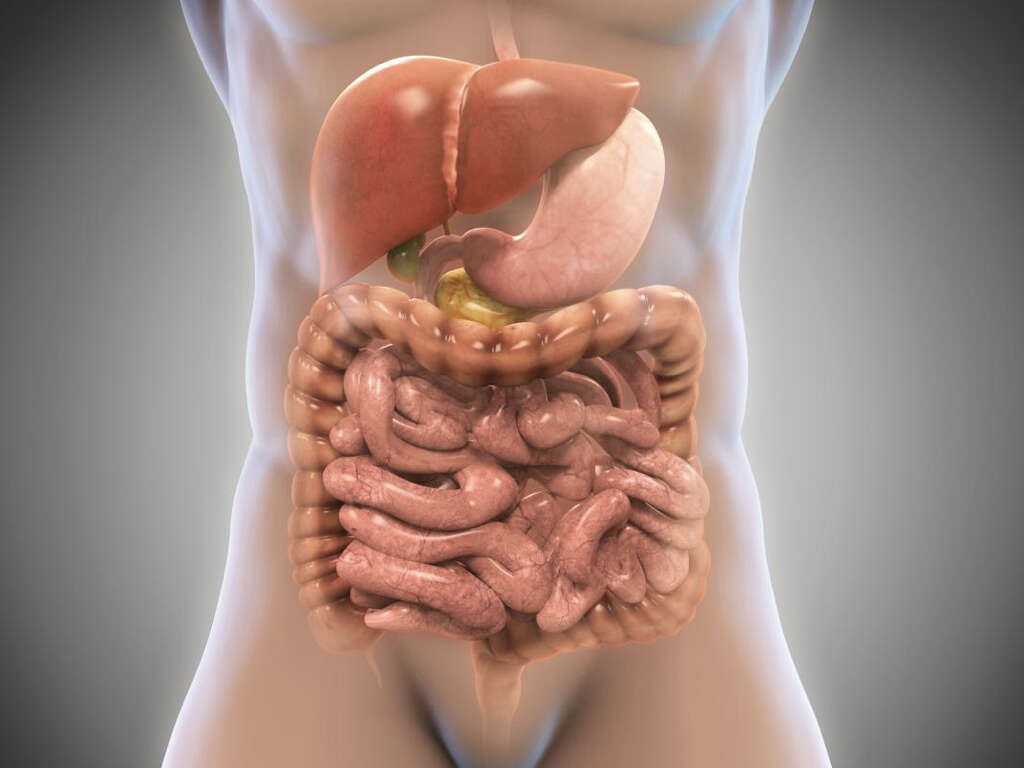
1. Components of Bile
Bile is a complex fluid, slightly alkaline at a pH of 7 to 8. It is composed of up to 95 percent water and 5 percent of other fluids and solid components. Bile salts are the main organic constituents of bile, hence the name bile. The salts are made from the breaking down of cholesterol in the liver.
The two main bile salts are chenodeoxycholic acid and cholic acid. Bile fluid also contains cholesterol, amino acids, bilirubin phospholipid, enzymes, steroids, vitamins, electrolytes such as sodium and bicarbonate, heavy metals, and porphyrins. The fluid may also contain chemicals from drugs, environmental toxins, and xenobiotics.
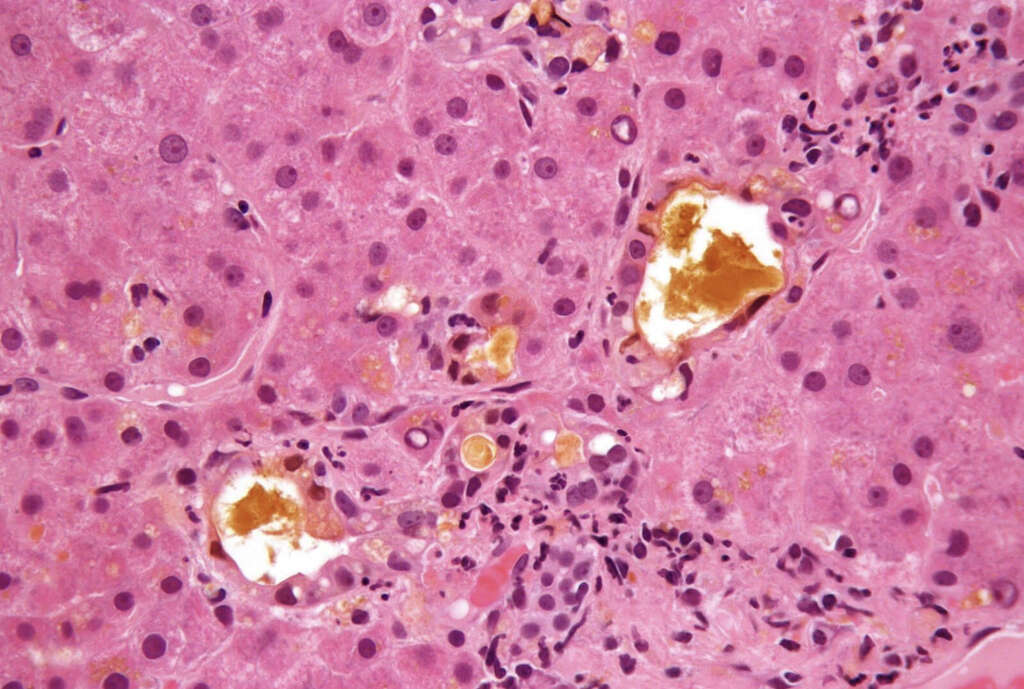
2. How Is Bile Produced?
The process of bile formation starts in the liver where it is produced by the hepatocytes. It then goes through a network of ducts that lead to the common hepatic duct. Through this duct, the bile travels to the gall bladder where it is concentrated and stored.
Concentration of bile allows for large quantities of the fluid to be stored in a relatively small organ. In this respect, about 90 percent of the water originally contained in bile is reabsorbed through the gall bladder walls, back into the bloodstream.
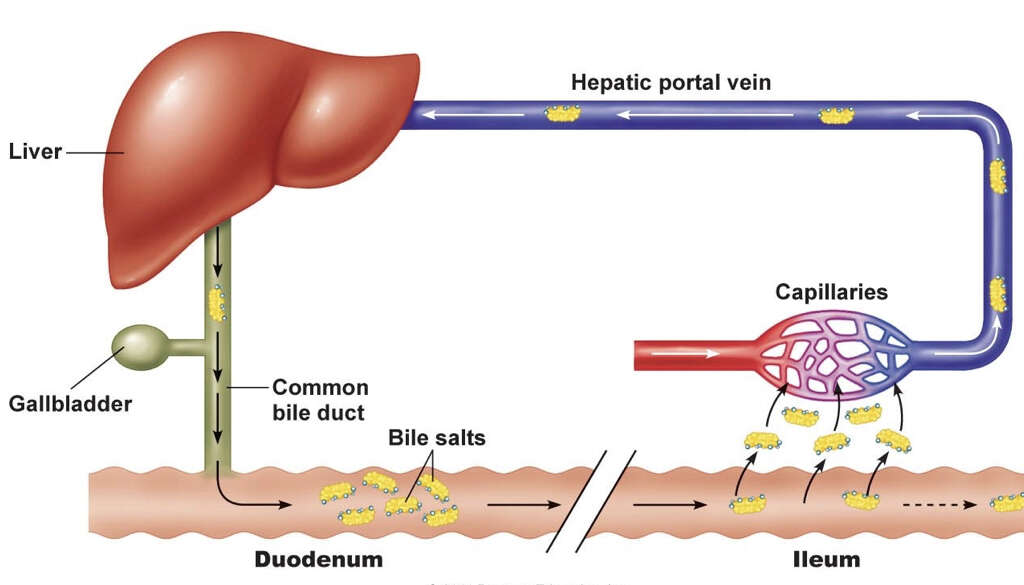
3. Release of Bile by the Gall Bladder
In order for the gall bladder to release bile, it is stimulated by a hormone called cholecystokinin, which causes the gall bladder to contract.
The bile is then pushed through the cystic duct, into the common bile duct, making its way into the duodenum, where it is required for various metabolic functions. After use, only about 5 percent of the bile is excreted, while the rest is reabsorbed and returned to the liver through a process called enterohepatic recirculation.
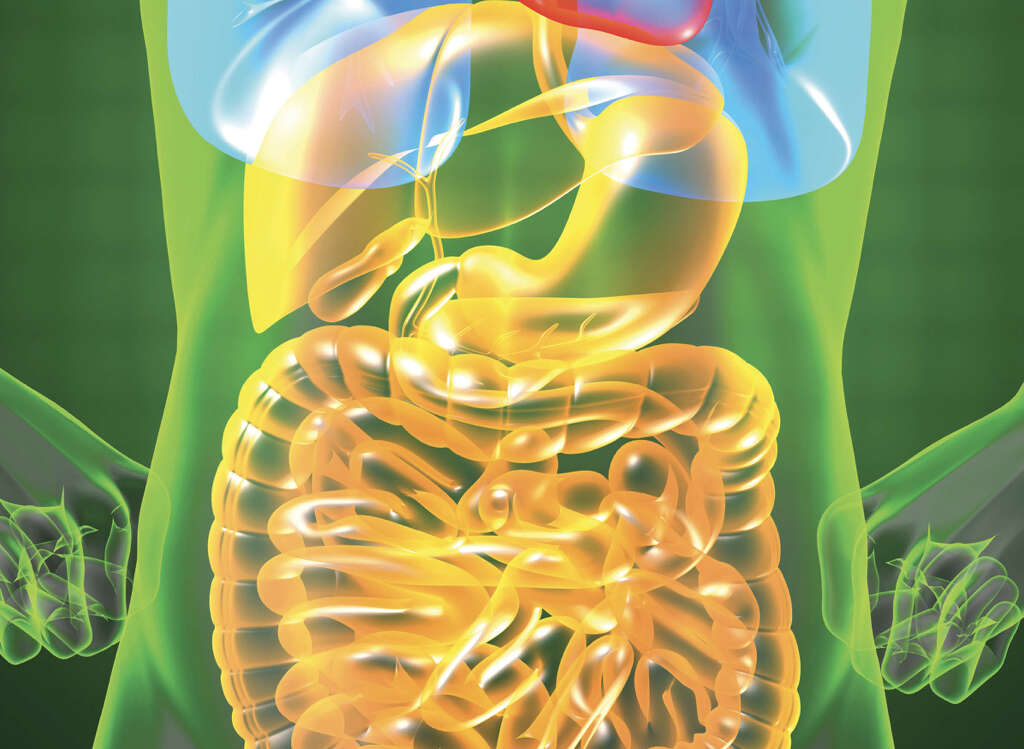
4. Functions of Bile
Bile is a vital substance that plays various roles in the digestive system. It helps in the breakdown of fats and release of fat-soluble vitamins.
This way, fat and fat-soluble vitamins can be absorbed into the body. Bile also provides a means for the liver to transport liquid and solid waste materials through the alimentary canal.
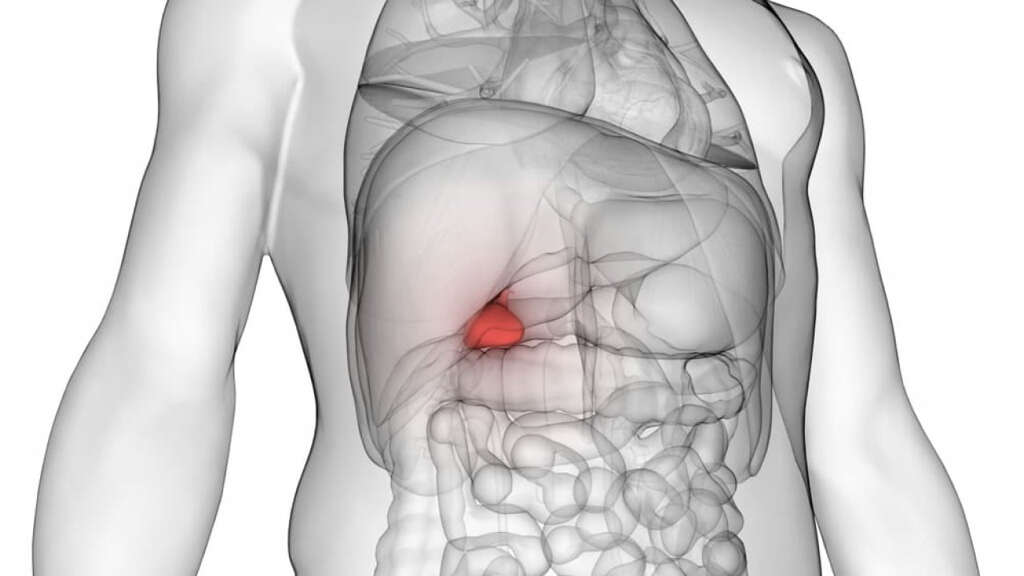
5. Digestion of Fat
Bile salts found in bile fluid are necessary in the process of digestion of fat. However, they don’t really digest the fat, but act as an enabler to the fat-digesting enzyme lipase. During the process that takes place within the small intestine, the bile salts act on large fat droplets, by breaking them down into smaller droplets.
This process, known as emulsification, results in the fat having a larger surface area, which enables lipase to break it down further. Lipase is an enzyme that can only act on the surface of the fat droplet, hence the importance of the emulsification process. Following the action of lipase, fat is broken down further into free fatty acids and monoglycerides, which are easily absorbed into the body.

6. Absorption of Fat-Soluble Vitamins
Fat-soluble vitamins, which are characterized into the four major groups of vitamins A, D, E, and K, are important for human health. These vitamins are obtained from the environment and food. These vitamins are essential in various biological functions.
In order for the body to absorb them, the digestive system needs the emulsification actions of bile acids. As stated earlier, bile acids are synthesized from cholesterol and secreted into the small intestines. When these acids are present in high concentration, they act to emulsify fats and enable vitamin absorption into the body. Although it is known that bile acids are necessary for the absorption of fat-soluble vitamins, it is not known whether these vitamins affect the production of bile acids.
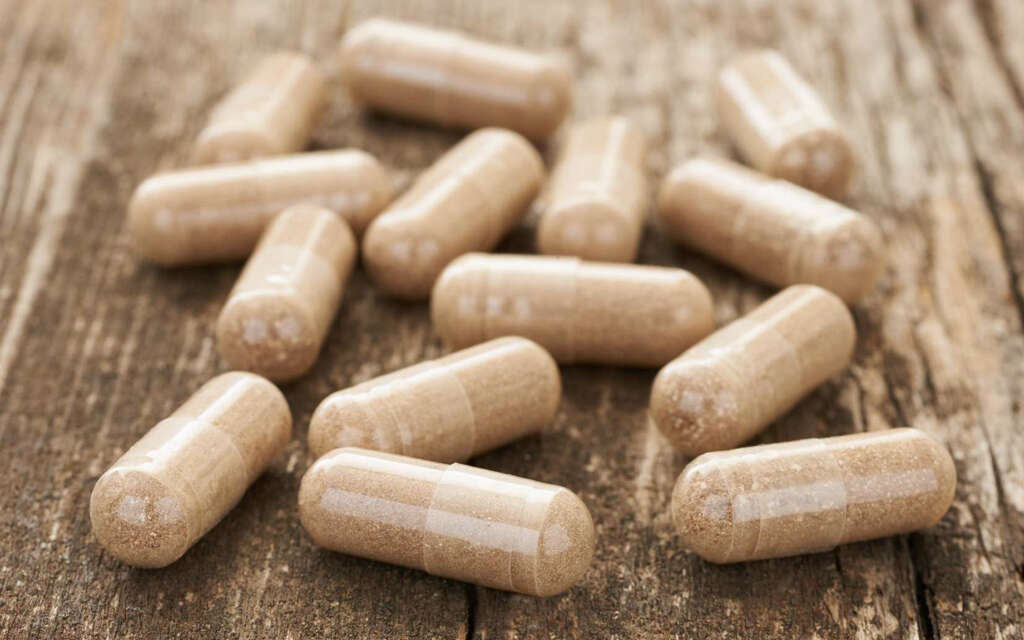
7. Regulates Cholesterol Levels
Cholesterol is an insoluble lipid that is naturally produced by the liver or acquired from foods like meat and dairy. Although it often gets bad publicity, cholesterol is a vital substance that plays a key role in building cell structures and making hormones.
However, having too much or too little of it inside the cells may interfere with normal cell function. Too much cholesterol can be toxic and is responsible for initiating the development of atherosclerotic cardiovascular disease. And because cells can synthesize the cholesterol needed for their functioning, there is need to eliminate excess cholesterol. Elimination of cholesterol in large quantities takes place inside the liver, after which, this excess cholesterol is eliminated through bile fluid. This process is called biliary elimination and is key in maintaining cholesterol balance in the body.
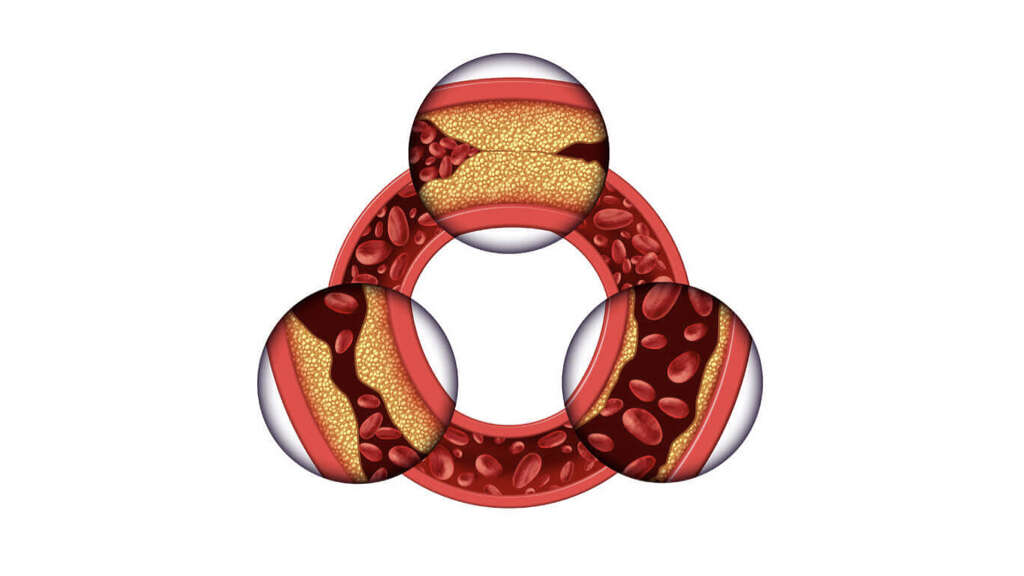
8. Maintains Intestinal Homeostasis
The gut is a complex ecosystem that consists of numerous species of bacteria that aid in digestion and absorption of complex food components. However, it is necessary that the colonization of these bacteria is controlled because an overgrowth may lead to the bacteria competing with the host for nutrients.
Bile salts contained in bile are responsible for this control. They achieve this by controlling the size and the composition of intestinal microbiota colonies. Moreover, bile salts also act as antibacterial agents and aid in the prevention of bacterial infection by getting rid of potentially harmful bacteria within the gut.

9. Excretion of Harmful Substances
One of the methods that the liver uses to eliminate certain compounds and toxins from the body is excretion through bile. These compounds may be produced internally, such as steroid hormones and calcium, or are sourced externally, such as drugs.
Some of these compounds are reabsorbed in the small intestine and are eventually eliminated by the kidney. One of the endogenous toxins eliminated through this method is bilirubin. This is an orange-yellow pigment that is produced as a result of the breaking down of hemoglobin. If a problem occurs in the excretion process of bilirubin, and the toxin is not cleared from the bloodstream, it can lead to yellow discoloration of the skin known as jaundice.
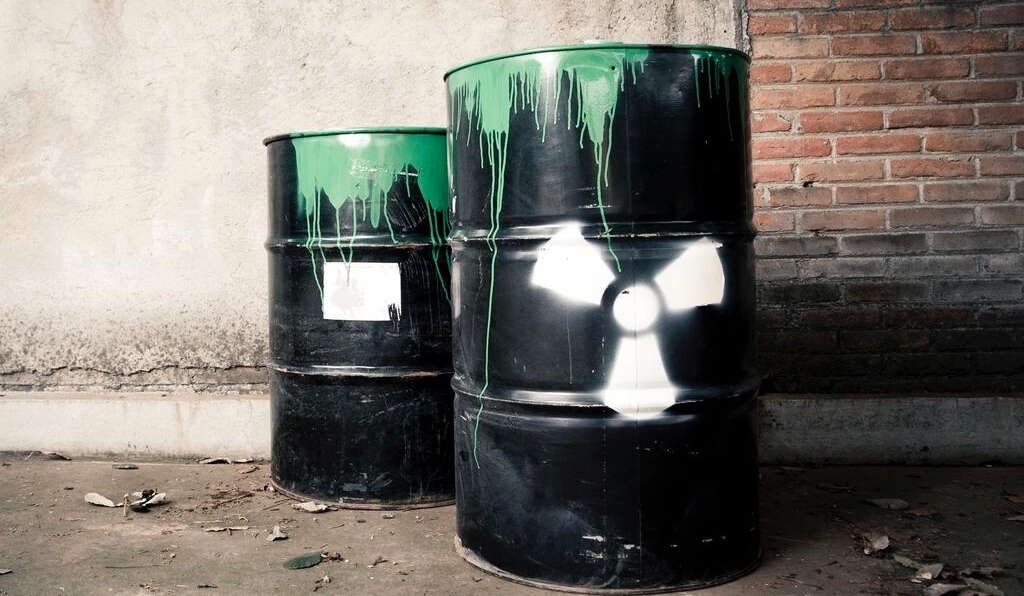
10. What Happens If You Have No Bile?
The importance of bile is best seen when its secretion is impaired by either genetics, developmental, or acquired cholestatic diseases. In most cases, this may cause interference with the flow of bile from the liver and problems with the absorption of fat and fat-soluble vitamins.
Furthermore, it may also lead to the development of progressive neurological disease in the absence of liver disease. In most cases, signs and symptoms are present at birth, or during the early years of a child’s development. Most of these disorders can be successfully treated through bile acid replacement therapy, where the missing bile acids are replaced. If left untreated, these conditions may progress to fatal complications such as liver cirrhosis and liver failure.





